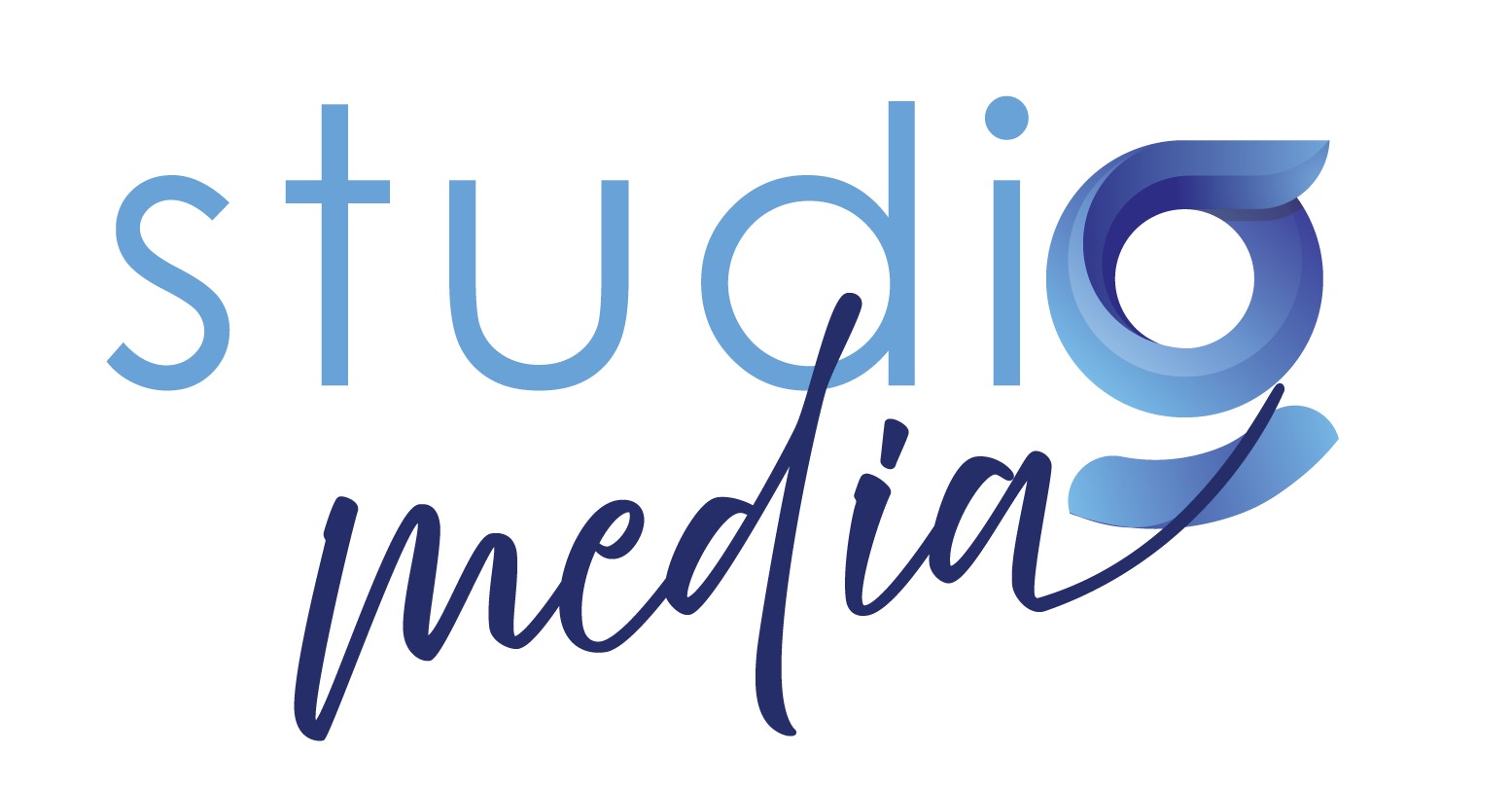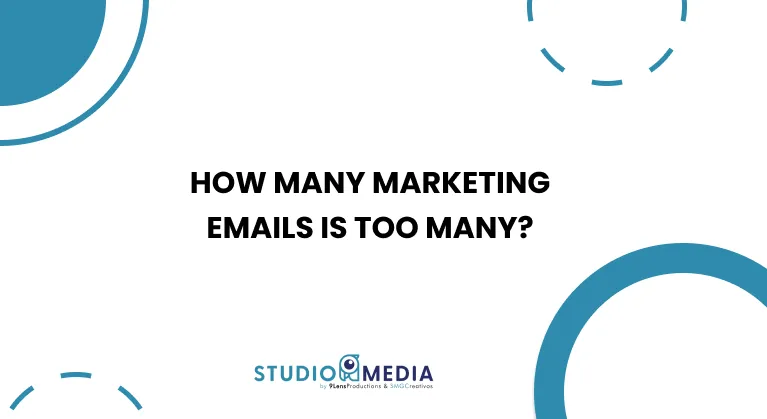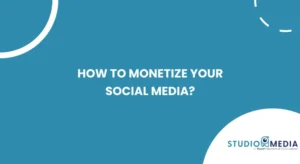Email marketing is a vital component of digital marketing strategies, offering businesses a direct line of communication with their audience. It allows for personalized messaging, drives conversions, and fosters customer loyalty. However, the effectiveness of email marketing hinges on getting the frequency right.
Too few emails can result in missed opportunities, while too many can lead to audience fatigue and increased unsubscribe rates. This section sets the stage by highlighting the delicate balance needed to maximize email marketing’s potential.
1. Understanding Your Audience: How Many Emails Are Too Many?
The key to successful email marketing lies in understanding your audience. Different subscribers have different preferences regarding how often they want to hear from you. Some might appreciate daily updates, while others prefer weekly or monthly communications.
To avoid overwhelming your audience, it’s important to segment your email list based on subscriber behavior and preferences, allowing you to tailor the frequency to meet their needs. This personalized approach helps in maintaining engagement and reducing the risk of overwhelming your subscribers.
2. Factors That Influence Email Frequency
Determining the ideal number of emails involves considering several key factors:
- Content Type: If your emails are packed with valuable content—like tips, industry news, or educational resources—subscribers might welcome frequent emails. Conversely, promotional emails might need to be spaced out more to avoid coming off as spammy.
- Subscriber Relationship: New subscribers might need more frequent emails to get acquainted with your brand, while long-term subscribers might prefer less frequent, more meaningful content.
- Industry Norms: The norms of your industry can influence expectations. For example, e-commerce brands might send multiple emails per week, especially during sales periods, while a B2B company might only send one or two emails per month.
This section helps marketers understand that there is no one-size-fits-all answer; the optimal frequency is influenced by the unique characteristics of your audience and industry.
3. Signs You’re Sending Too Many Emails
There are several red flags that indicate you might be overwhelming your subscribers with too many emails:
- High Unsubscribe Rates: A sudden increase in unsubscribes suggests that subscribers are finding your emails excessive or irrelevant.
- Low Open Rates: Consistently low open rates can be a sign that your audience is tuning out your emails, possibly due to over-saturation.
- Increased Spam Reports: If subscribers start marking your emails as spam, it’s a clear signal that you need to reconsider your email frequency.
Understanding these signals allows marketers to adjust their strategies before it leads to significant damage to their email list and brand reputation.
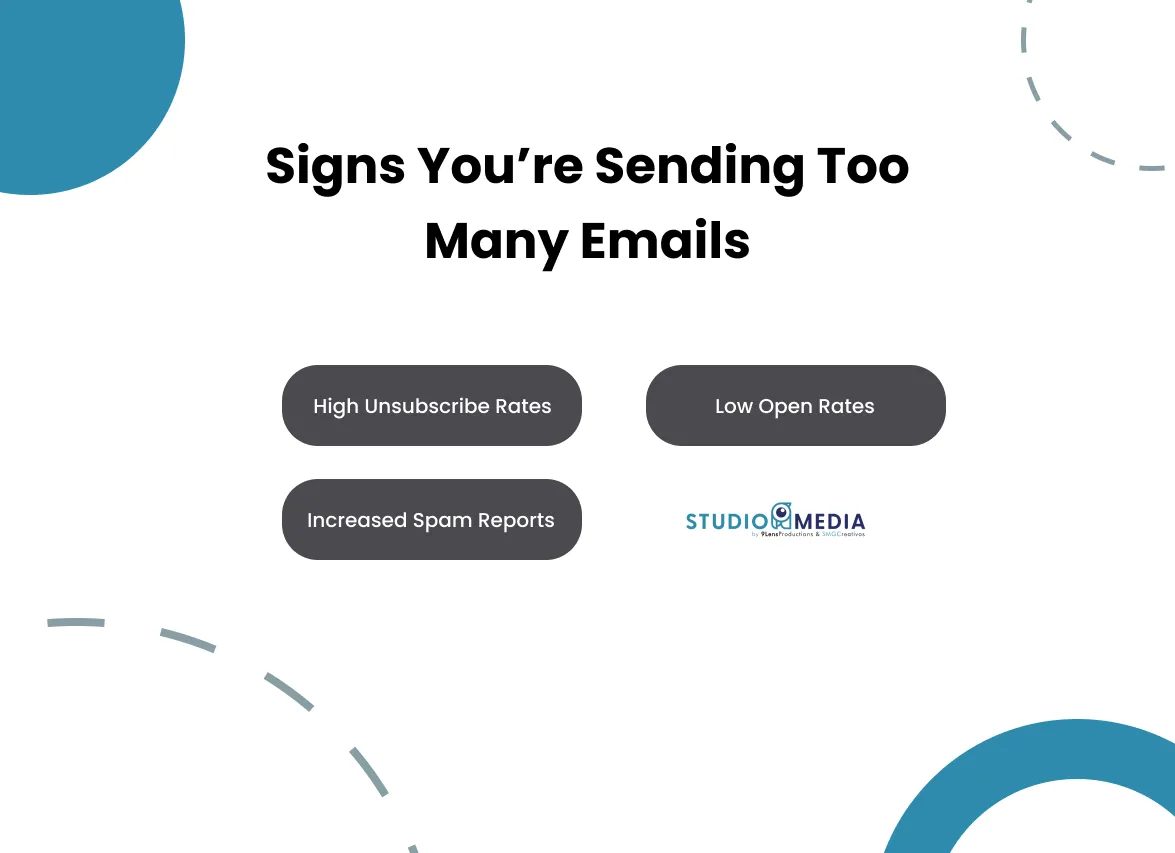
4. Best Practices for Determining Email Frequency
Finding the optimal email frequency requires a combination of data analysis and audience feedback. Here are some best practices:
- A/B Testing: Test different frequencies with segments of your audience to see which performs best in terms of open rates, click-through rates, and conversions.
- Survey Your Audience: Ask your subscribers directly how often they want to receive emails. Their feedback can provide valuable insights.
- Start Slow: If you’re unsure, start with a lower frequency and gradually increase it as you gather data on how your audience responds.
By applying these best practices, marketers can make informed decisions rather than relying on guesswork.
5. How to Adjust Your Email Strategy Based on Feedback
Listening to your subscribers and monitoring your email metrics are crucial for refining your email strategy. If you notice signs of email fatigue, consider reducing the frequency or adjusting the content to provide more value. On the other hand, if engagement is high, you might consider slightly increasing the frequency.
6. Quality Over Quantity: Focusing on Value in Your Emails
It’s not just about how many emails you send, but the value they provide. Focus on delivering high-quality, relevant content that meets your subscribers’ needs. Whether it’s educational material, exclusive offers, or insightful industry news, content that resonates with your audience will keep them engaged, regardless of the frequency.
These case studies illustrate how different strategies can work depending on the industry and audience, offering inspiration for your own campaigns.
7. Tips for Knowing When Enough is Enough
Understanding the right frequency for sending marketing emails can be challenging, but there are specific strategies you can use to determine when you might be overdoing it. This section offers practical tips for recognizing when your email frequency is sufficient and when it might be time to scale back.
- Monitor Engagement Metrics Closely: Keep a close eye on key performance indicators like open rates, click-through rates, and conversion rates. A decline in these metrics could be an early warning sign that your audience is getting fatigued by too many emails.
- Pay Attention to Unsubscribe and Spam Rates: A sudden increase in unsubscribes or spam complaints is a clear indicator that your email volume might be too high. It’s important to address these issues quickly by adjusting your frequency or content strategy.
- Gather Direct Feedback from Your Audience: Regularly survey your subscribers to ask them about their preferences. Tools like post-campaign surveys or periodic feedback requests can provide insights into how often your audience wants to hear from you.
- Implement Email Frequency Caps: Set a maximum number of emails that a subscriber can receive within a given period (e.g., no more than two emails per week). This helps to prevent email fatigue and keeps your audience engaged.
- Segment Your Email List: Use segmentation to tailor the frequency of emails based on subscriber behavior and preferences. For instance, highly engaged subscribers might appreciate more frequent emails, while others might prefer fewer communications.
- Conduct A/B Testing: Experiment with different frequencies in small test groups before rolling out changes to your entire list. This allows you to see how changes in frequency impact engagement and helps you make data-driven decisions.
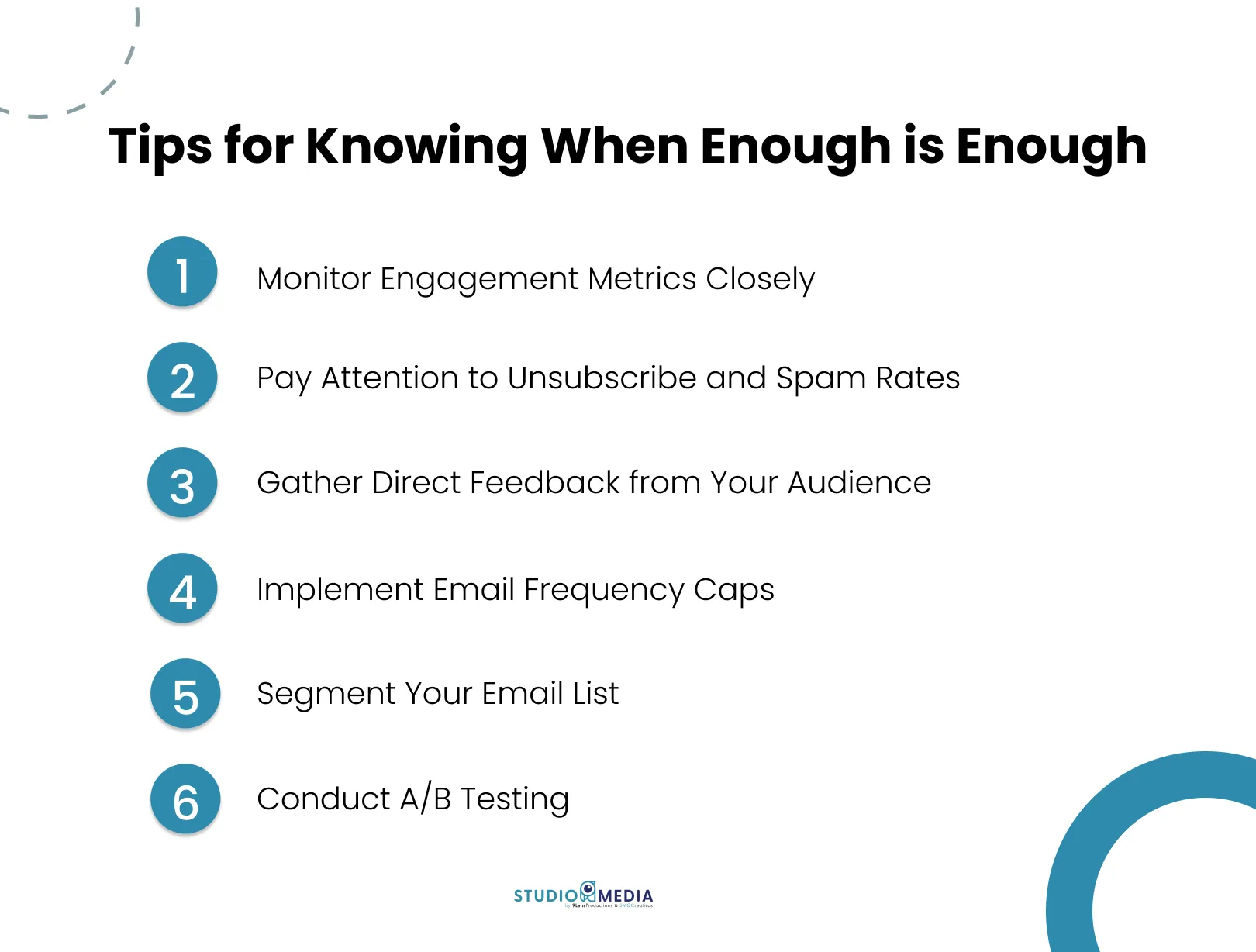
Finding the Right Balance in Email Marketing
Email marketing is a powerful tool, but it must be wielded carefully. Sending too many emails can alienate your audience, while too few can result in missed opportunities. By understanding your audience, analyzing your email performance, and focusing on delivering value, you can find the right balance that keeps your subscribers engaged and your campaigns effective.

